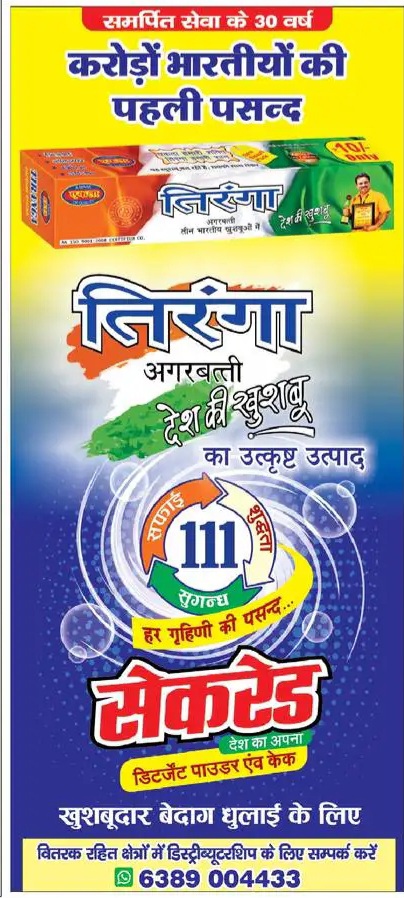भोपाल गैस त्रासदी के तीन दशक
भोपाल_गैस_त्रासदी_के_तीन_दशक_1CLICK HERE
The Bhopal Gas Tragedy, 1984 was a catastrophe that had no parallel in the world’s industrial history. In the early morning hours of December 3, 1984, a rolling wind carried a poisonous gray cloud from the Union Carbide Plant in Bhopal, Madhya Pradesh (India). Forty tons of toxic gas (Methy-Iso-Cyanate, MIC) was accidentally released from Union Carbide’s Bhopal plant, which leaked and spread throughout the city. The result was a nightmare that still has no end, residents awoke to clouds of suffocating gas and began running desperately through the dark streets, victims arrived at hospitals; breathless and blind. The lungs, brain, eyes, muscles as well as gastro-intestinal, neurological, reproductive and immune systems of those who survived were severely affected. When the sun rose the next morning, the magnitude of devastation was clear. Dead bodies of humans and animals blocked the street, leaves turned black and a smell of burning chili peppers lingered in the air. An estimated 10,000 or more people died. About 500,000 more people suffered agonizing injuries with disastrous effects of the massive poisoning. None can say if future generations will not be affected.



















 +91-94068 22273
+91-94068 22273 
